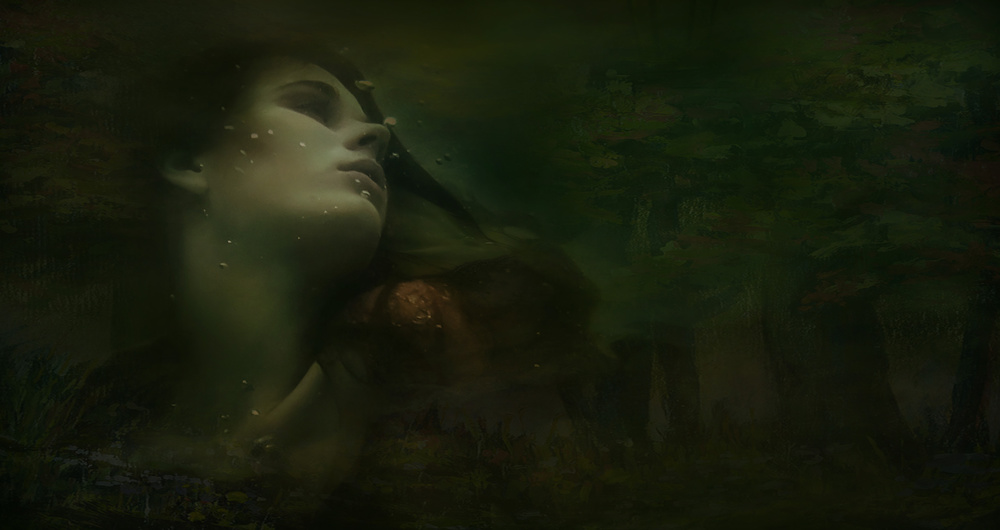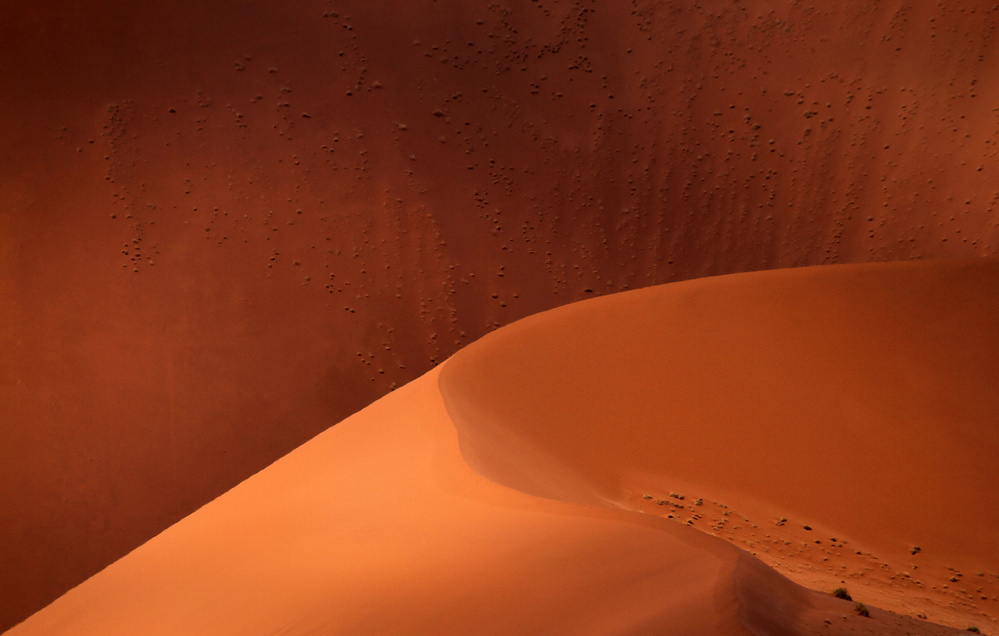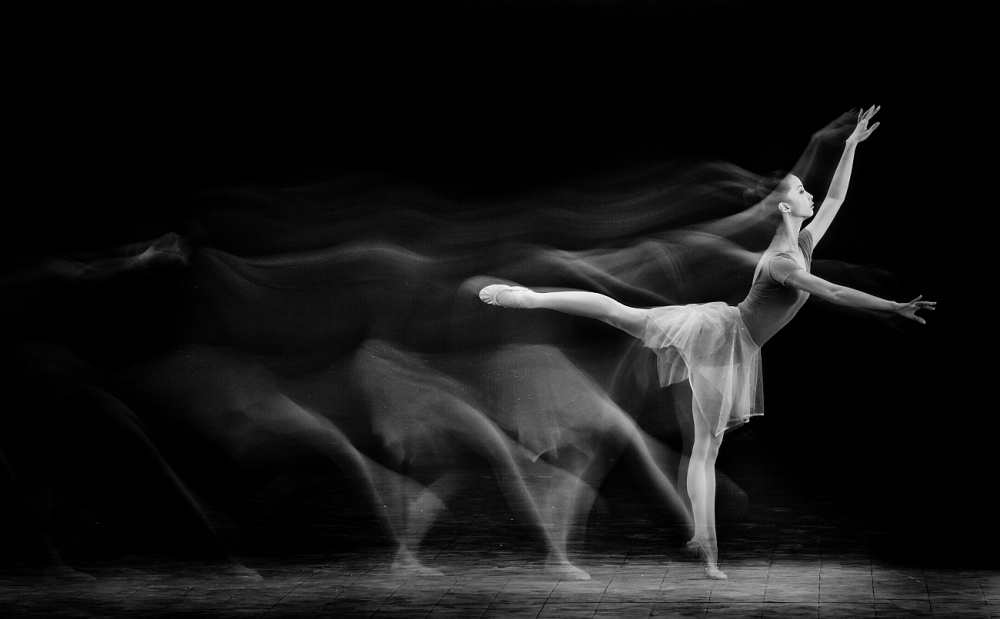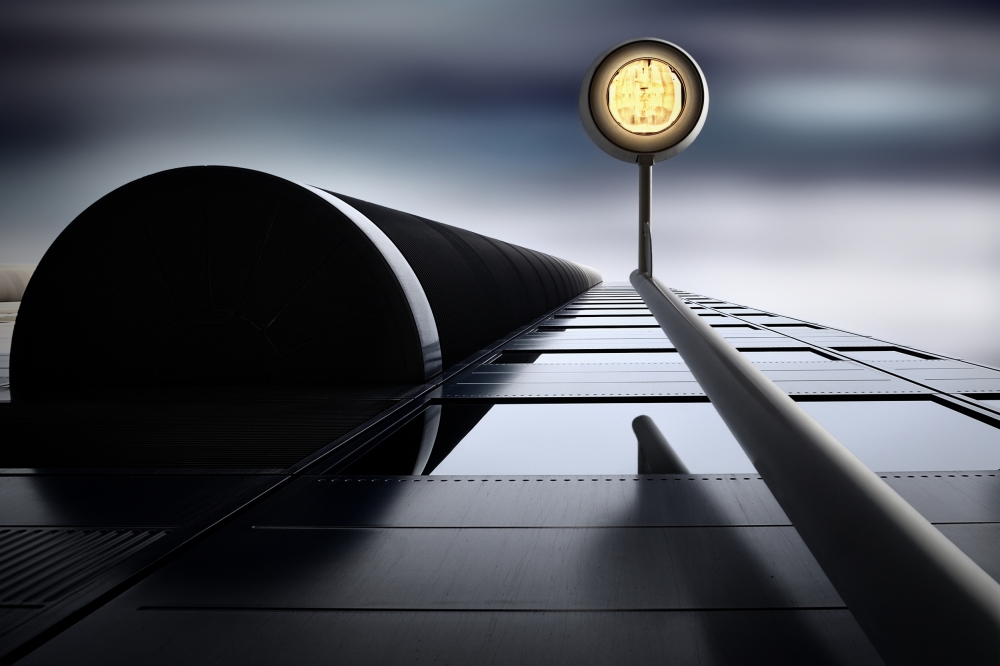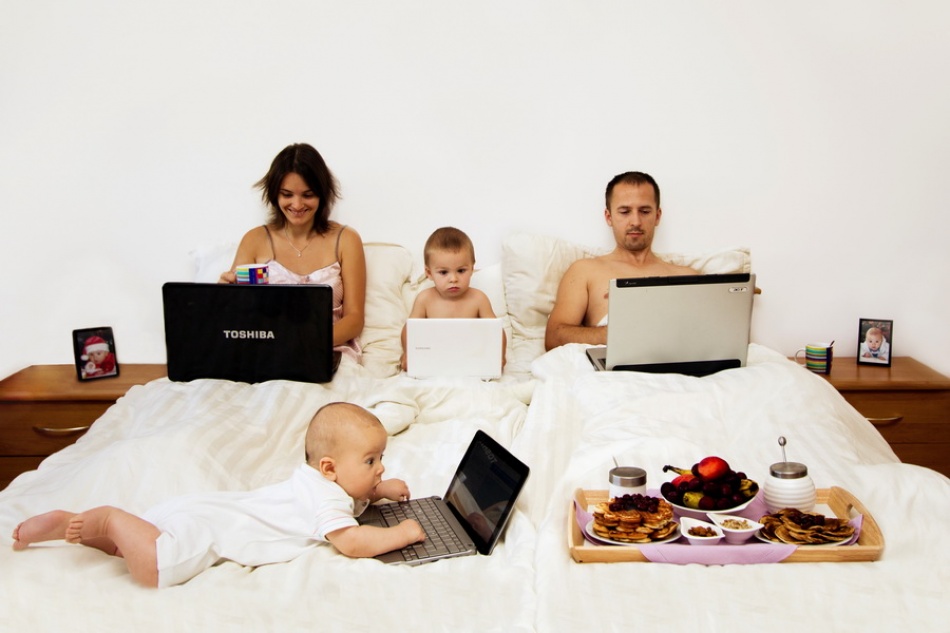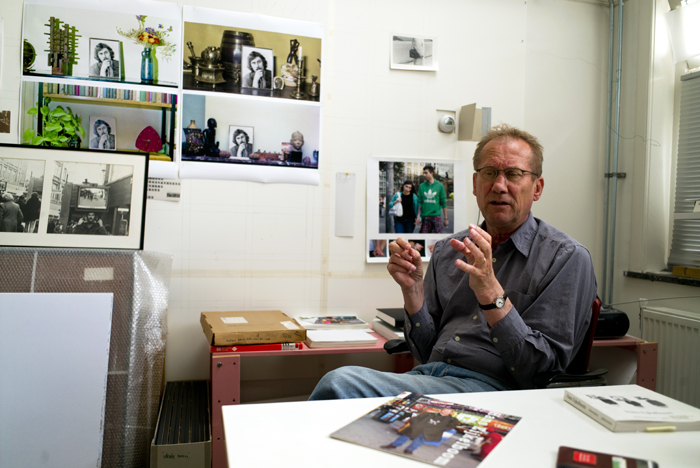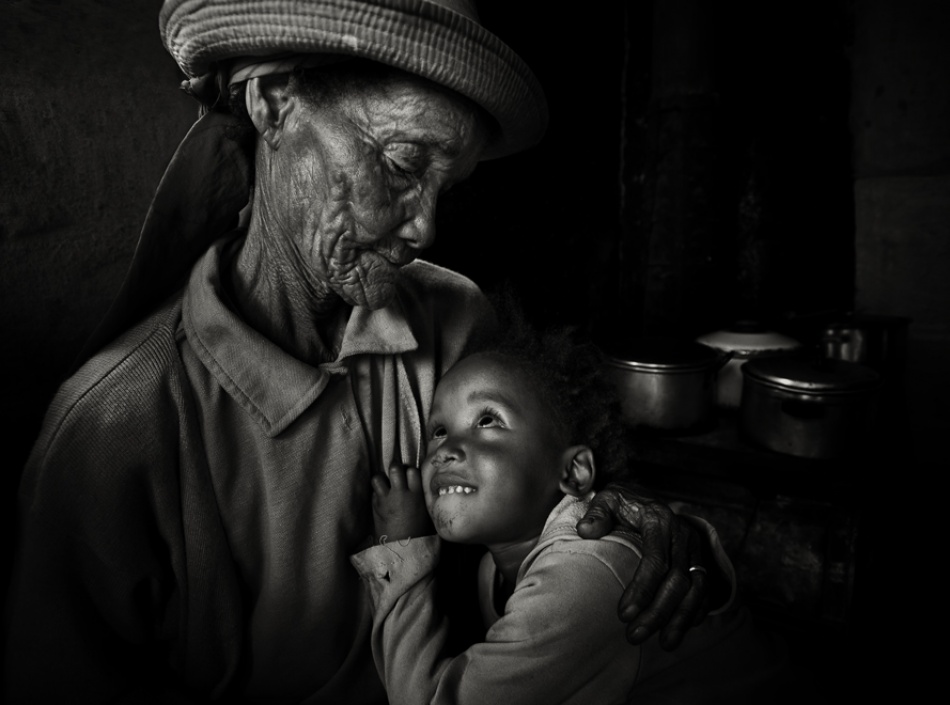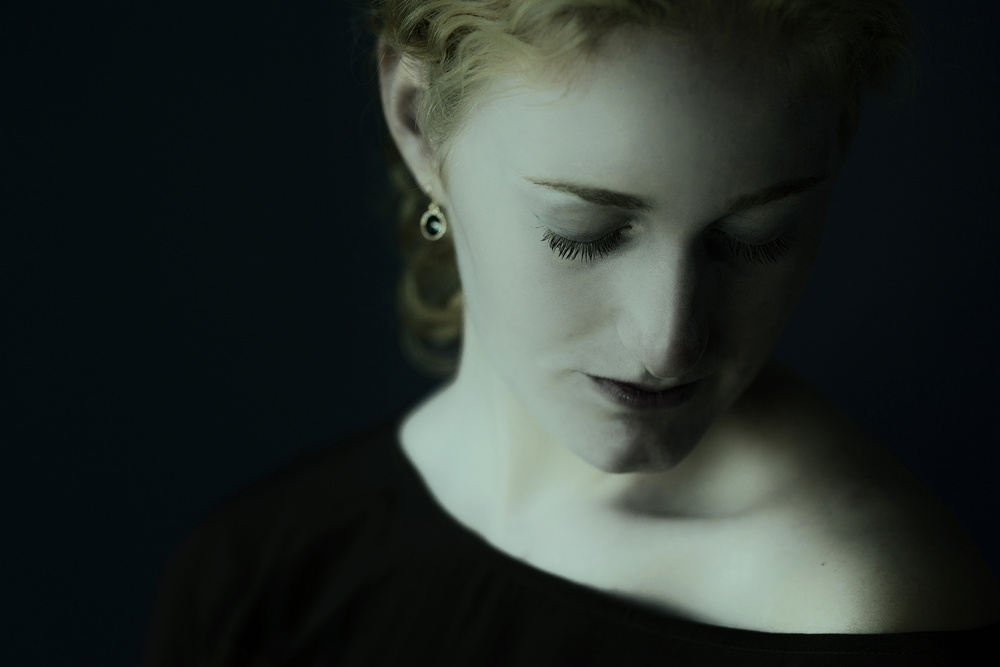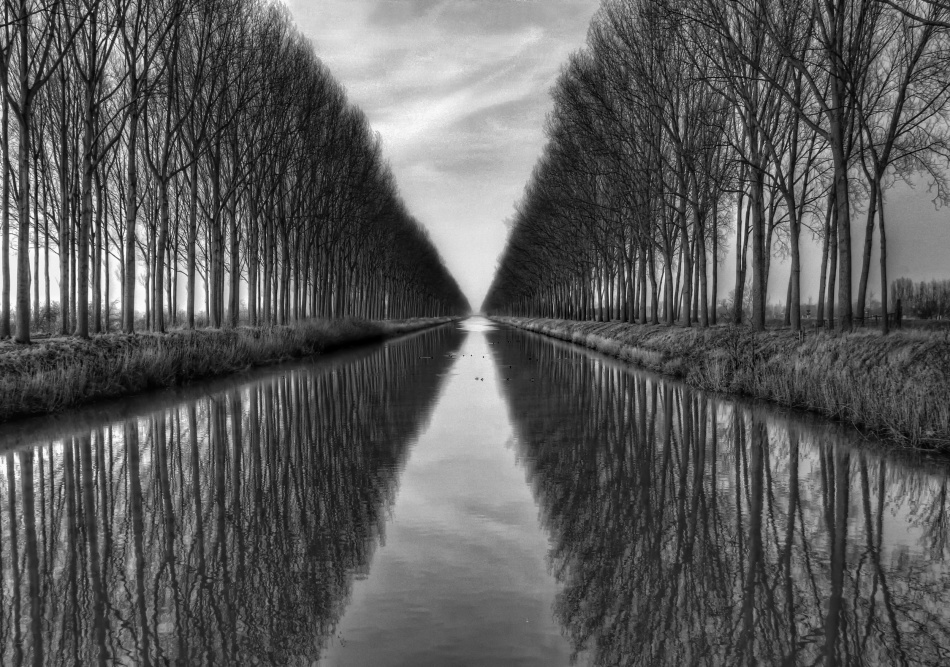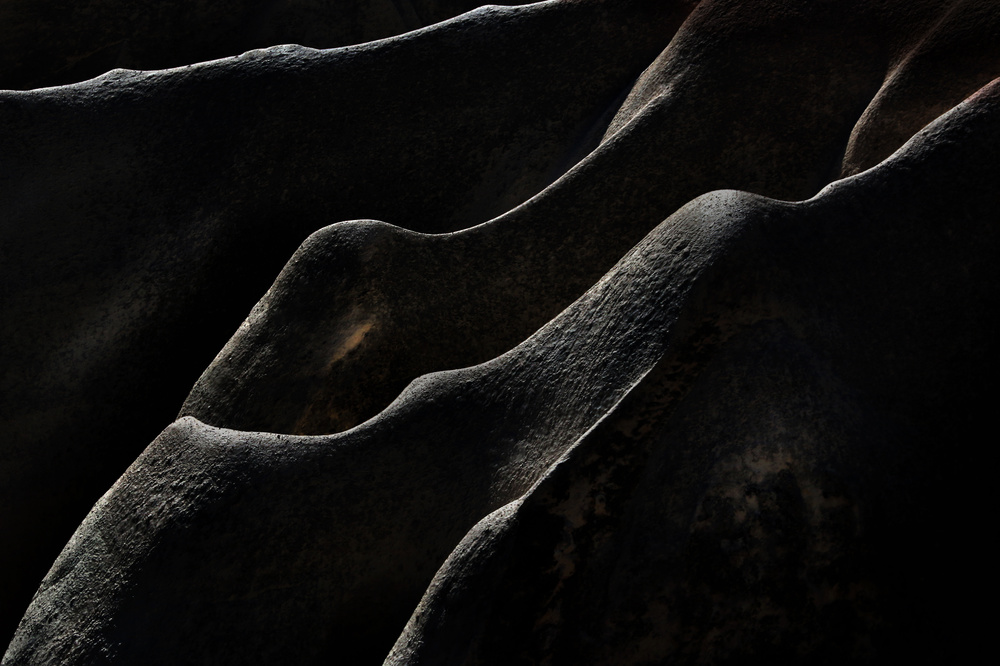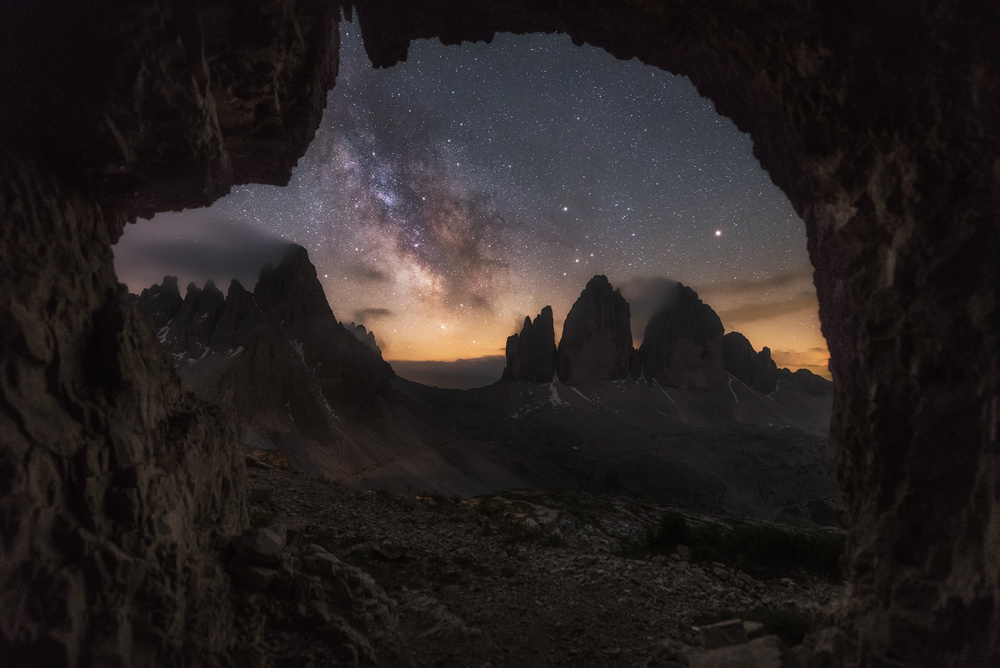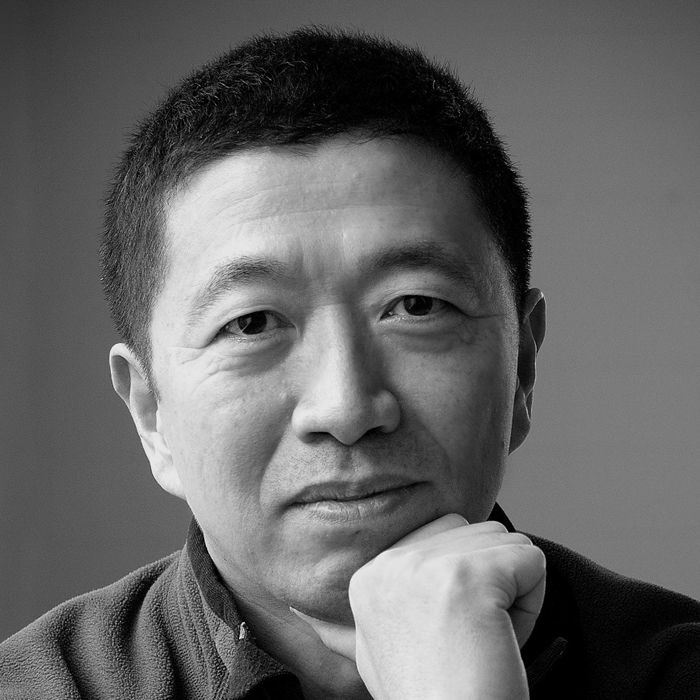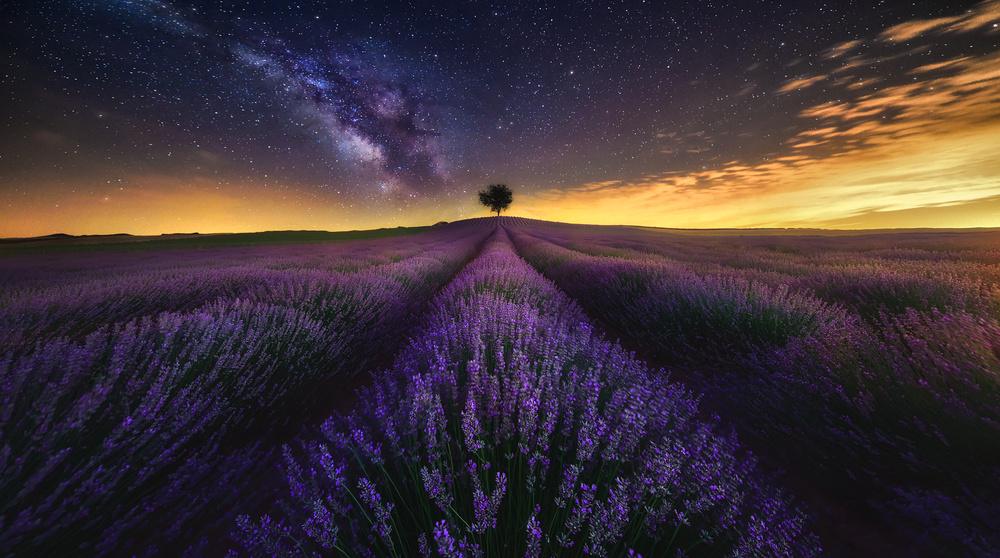Photographers
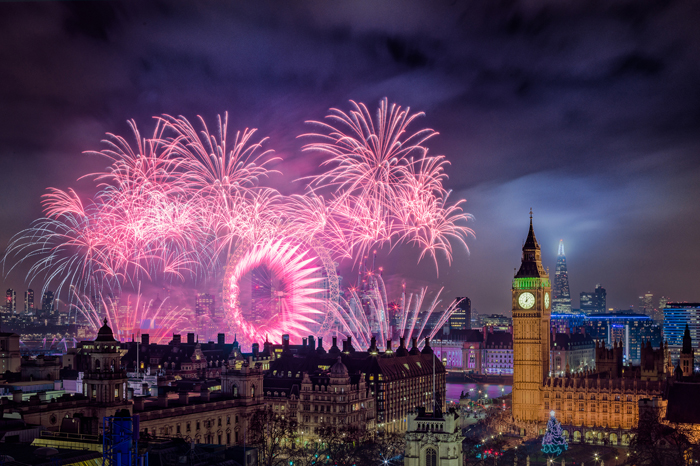
How to shoot fireworks
1x Blog-Photographers
Late in 2015 I received an email from the art department of London & Partners and Visit London, London’s own PR Company set up by Boris Johnson in 2011; I had been invited to shoot the London 2016 New Year's Fireworks display.
There are hundreds of photos of fireworks posted to the internet and social media that were taken on a phone or without proper set up. You don’t need sophisticated equipment to get great images; if you follow a few simple steps you will get some great results no matter what level of photographer you are or what equipment you have. These are my tips for shooting fireworks displays, with a little practice you’ll never miss another shot.
Before you start taking photos you will need some gear (other than a camera).
1. Camera
The following technique works regardless of what ever camera you have, be it a bridge camera, point and shoot. For this job Hasselblad generously loaned me their flagship medium format camera the H6D100c and HCD 4,0-5,6/35-90mm lens
2. Tripod
You will be using long exposure techniques in order to capture the movement of the fireworks so you will need a good tripod. The more solid it is the better. Also you will want to ensure that your composition doesn’t change throughout the display. I'll address why this is important later on. With a camera such as the Hasselblad a rock solid tripod is essential. My local friendly camera store were able to supply me with a last minute tripod capable of supporting the weight of the Camera.
3. Remote release
For the same reason you need a tripod, you need a remote shutter release to keep your camera completely still. Manually releasing the shutter, pushing the button on the camera will move your camera slightly, and despite what you might think the shots will end up blurry. If you don't have a shutter release, you can use a 2 or 10 second delay. Mirror Up options should also be used to prevent any blurring from mirror movement in camera.
4. Location
Location and context are as important as exposure settings or developing/processing creativity. Every year the internet is flooded with images shot over the New Year, I really wanted the images to stand out from the crowd. They needed to scream London, as well as Fireworks! I was offered similar locations to news photographers but convinced the team that something unique was needed more than repetition. I was able to do much research around London to find a good vantage point to shoot from. Methodist Central Hall in Westminster with its fabulous view from the very top of its dome was ideal.
What you are looking for, ideally, is an uninterrupted view of the fireworks. To ensure you get this, you will need to consider wind direction too. This is because you don’t want the smoke blowing towards you and dulling the shots.
5. Composition
Once you are happy with your location, set up your tripod and frame the shot you want. This is easier if you have been to the event before and know roughly where the fireworks will explode. If you are unsure, use a slightly wider shot to allow for errors. It is at this point you need to take a photo, without fireworks, of the illuminated foreground. It is now very important that you do not move your camera.

6. Focus
Set your camera to manual. This is vital to getting good shots. You need to set up your focus beforehand. Simply, you can set your lens to infinity for the fireworks, however this depends on location. If you are near buildings you might want them to be in focus, it is best to decide based on surroundings. If you try to use autofocus, it can 'hunt' and you will miss photos as it tries to focus on something in the dark.
7. Aperture
Once you have your settings for your pre-composed photo, it is simple to set the aperture for fireworks. Because the Fireworks are so bright, Marsden recommends dropping your aperture anywhere between 1.5 – 3 stops depending on how bright the display is.
8. ISO
You want to keep your ISO as low as possible (100-200) to minimise 'noise' in your shots. Because the fireworks increase the luminance of your scene you don't need to worry about under exposure. For the same reason you will not need a flash. In fact, if you use it, your photos will be worse off. The flash won't reach the fireworks anyway and it will just dull the atmosphere of the shot.
9. Shutter Speed
Bulb mode is going to be your best friend. With your remote release, you will be able to keep the shutter open for as long as the burst of fireworks goes for. Marsden recommends exposure time of between 8 – 15 seconds for a large display. It might need to be longer for a smaller show.
Be aware, the longer your shutter is open the brighter the image will end up, so keep an eye on your ISO and aperture - reduce if needed to prevent the fireworks from burning out.
10. RAW
It’s important not to fuss over the camera display image, this isn’t any representation of what your finished image is likely to be. It is because of this, we recommend shooting fireworks in RAW because the files are very forgiving. While it is better to achieve the 'correct' exposure in camera, the ability to post produce on RAW files increases your chances of getting the results you want.

11. Post Production
"It’s important not to fuss over the camera display image, this isn’t any representation of what your finished image is likely to be like because you will need to process your files"
Remember that photo we told you to take while setting up the composition? Here is where you use it. Because the fireworks are so bright, in order to maintain the integrity of the highlights, the foreground will become darker, if not completely black in some sections. It also allows some blending creativity as the London Authorities switch off all the lights around the display just seconds before midnight, plunging Big Ben into darkness.
For digital exposure blending there are many great tools and methods out there, my weapon of choice is a Photoshop panel called Lumenzia developed by Greg Benz a landscape/cityscape photographer based out of Minneapolis.
Greg says “I love to capture dynamic light and the way that I feel about a place. That often means I do a fair bit of work in Photoshop - but I also want to retain a natural look and feel in my art. One of these best ways to do that is with the use of a technique called "luminosity masking", which use the image itself to help create realistic adjustments via selections and masks. Luminosity masks can be created by working with channels and actions in Photoshop, but I find that approach to be slow, confusing, and limiting. I wanted to create a completely new approach to luminosity masks that would let me focus on my art, rather than complex techniques and guesswork. I wanted a way to create luminosity masks that would be simple, intuitive, and flexible. The result of that effort is a Photoshop plugin that I call Lumenzia.“
For myself I choose Lumenzia as it is a very straight forward method of selecting both what you do want to select and adjust, but in this instance you can precisely select exactly what you do not want as well. Lumenzia allows for inclusive and exclusive selections to be made in a very simple way that you can manipulate easily allowing for these images to be combined; blending them into a finished piece. This method of making selections also allows you to add some creativity to your work and take advantage of luminosity masking in a very different way. Where this becomes very useful is in blending the very fine details rendered on the 100 Megapixel sensor.
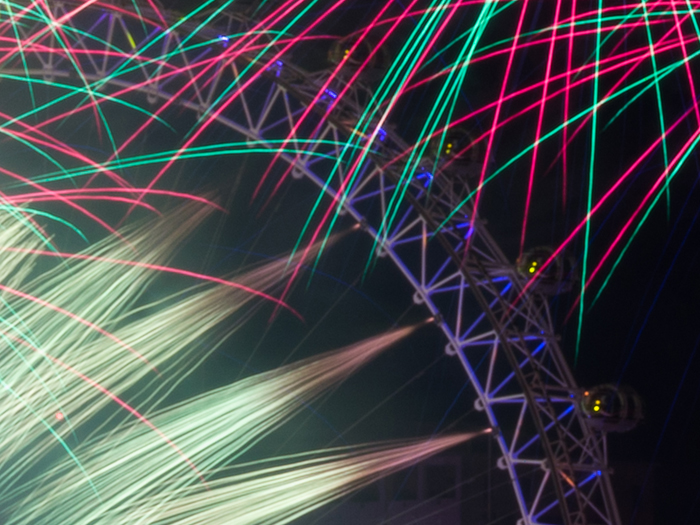

Further adjustments can be made very specifically using curves and levels again targeting specific areas of each layer using luminosity masks. "The resulting image is something more balanced than with a single exposure. With preserved shadow details and highlight details from both sets of exposures."
Greg has many great tutorials on his You Tube Channel on how to use his Photoshop panel as well as many other Photoshop ideas
This is what the difference looks like.

12. Creature comforts
It is also worth mentioning that while the camera and settings are important, so are creature comforts. Remember to pack a chair, jacket, food, drink, a flash light and a thermos of warm soup as its cold on the rooftops.

13. Filming
Using the extended Dynamic range Firmware upgrade on the Lumix GH4 as well as a
0.9 Soft Grad supplied by Lee Filters I was able to record the fireworks display in UHD, without any fireworks highlight areas blowing out. You can see the video on You Tube
What’s most important to remember is to have fun, enjoy yourself and stay safe.

